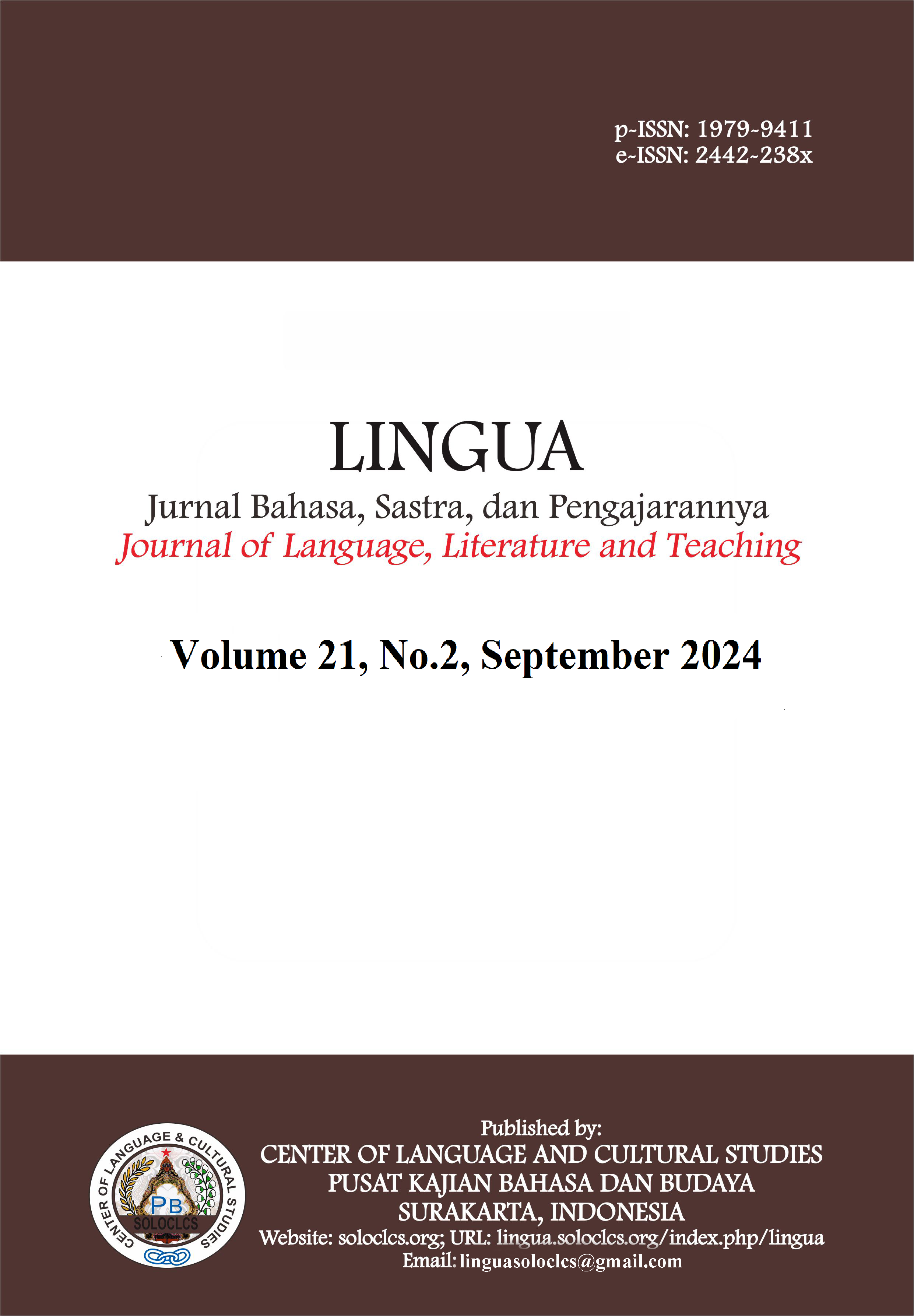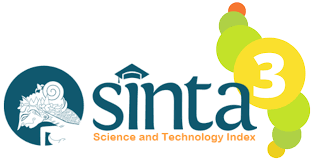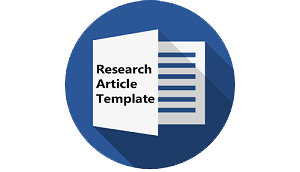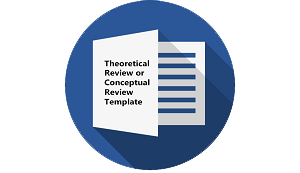Pengaruh Tontonan Upin & Ipin Terhadap Pemerolehan Bahasa Pada Usia 8 Tahun
DOI:
https://doi.org/10.30957/lingua.v21i2.961Keywords:
behaviorism; language acquisition; Malay language; psycholinguistics; Upin & IpinAbstract
The Malay-language Upin & Ipin animated series is very popular with children. However, watching Upin & Ipin too often can have a negative influence on children’s language development. According to psycholinguistic, it can be related to language acquisition in children especially in early childhood which is in the critical stage of first language acquisition. The purpose of this study is to analyze an 8-year-old boy with the initial N who lives in Ungaran village. The child has language differences in communication. The theory in this study uses behaviorism according to Watson (1998). The research method used is the simak method with basic technique, i.e. sadap technique; then the advanced technique used are the simak bebas libat cakap (SBLC) technique and rekam technique. The results found 10 conversational data using Malay language as a response to the boy with the initial N in communicating and 6 non-conversational data in the form of vocabulary used by the boy.
Downloads
References
Chaer, A. (2015). Psikolinguistik KAJIAN TEORITIK. Rineka Cipta.
Dardjowidjojo, S. (2014). PSIKOLINGUISTIK Pengantar Pemahaman Bahasa Manusia. Yayasan Pustaka Obor Indonesia.
Fitriani. (2019). Pemerolehan Bahasa Pada Anak Usia 2-3 Tahun Pada Tataran Fonologi (Vol. 2). Universitas Muhammadiyah Mataram.
Ilham, W., Agustan Arifin, A., & Mufidatul Ummah, D. (2021). Analisis Tayangan Serial Animasi Upin Dan Ipin Dalam Perkembangan Pola Perilaku Sosial Anak Usia Dini. Jurnal Ilmiah Cahaya Paud, 3(2), 35–49. https://doi.org/10.33387/cp.v3i2.3633
Isnaini, N. A., Rosyida, N. I., Wulandari, R., Tarsono, T., & Hasbiyallah, H. (2023). Dari Stimulus-Respon hingga Modifikasi Perilaku; Tinjauan Teori Behaviorisme John B. Watson dan Realisasinya dalam Pembelajaran. JIIP - Jurnal Ilmiah Ilmu Pendidikan, 6(12), 10062–10070. https://doi.org/10.54371/jiip.v6i12.2442
Kridalaksana, H. (1982). Kamus Linguistik Sastra. 1–111.
Kuntaro, E. (2017). Memahami Konsepsi Psikolinguistik. Fakultas Keguruan Dan Ilmu Pendidikan, Universitas Jambi, 98.
Mu’minin, U., Apriliana, S., & Septiana, N. (2022). Konsep Dan Karakteristik Psikologi Behaviorisme. Jurnal Dakwah: A l - D i N, 8(2), 115–126.
Muhamad Zaim. (2018). Metode Penelitian Bahasa: Pendekatan Struktural. Metode Penelitian Bahasa, 14, 9.
Risdiany, H., & Lestari, T. (2021). Pengaruh Film Kartun Upin Dan Ipin Terhadap Perkembangan Moral Anak. Edukatif : Jurnal Ilmu Pendidikan, 3(4), 1366–1372. https://edukatif.org/index.php/edukatif/article/view/577
Setiawan, C. (2023). Proses pemerolehan bahasa anak usia dini pada tataran fonologi: Analisis psikolinguistik. Jurnal Edukasi Khatulistiwa : Pembelajaran Bahasa Dan Sastra Indonesia, 6(1), 22–32. https://doi.org/10.26418/ekha.v6i1.60446
Soegiyono. (2011). Metode Penelitian Kuantitatif, Kualitatif dan R&D.
Sudaryanto. (2015). METODE DAN ANEKA TEKNIK ANALISIS BAHASA. Sanata Dharma University Press.
Sukri, S. (2020). Pengaruh Film Kartun Terhadap Kemampuan Bercerita Anak Usia 4 Sampai 5 Tahun Pada Paud Nurhidayah. Jurnal Ilmu Budaya, 8(2), 379–386. https://doi.org/10.34050/jib.v8i2.7978
Watson, J. B. (1998). Behaviorism. Transaction Publishers.
Yulista, R., & Purnamasari, D. (2020). Pengaruh Film Kartun Upin Ipin Terhadap Perilaku Anak Usia 7-9 Tahun. Edukasi Nonformal, 121–126. https://ummaspul.e-journal.id/JENFOL/article/view/425/241
Zaipurrohman, & Hermoyo, R. P. (2022). Pengaruh Film Kartun Upin Ipin Terhadap Akuisisi Bahasa Anak Usia 3-4 Tahun. PROSIDING SAMASTA Seminar Nasional Bahasa Dan Sastra Indonesia, 511–517.
Downloads
Published
How to Cite
Issue
Section
License
Authors who publish with this journal agree to the following terms:
- Authors retain copyright and grant the journal right of first publication with the work simultaneously licensed under a Creative Commons Attribution-ShareAlike 4.0 International License that allows others to share the work with an acknowledgement of the work's authorship and initial publication in this journal.
- Authors are able to enter into separate, additional contractual arrangements for the non-exclusive distribution of the journal's published version of the work (e.g., post it to an institutional repository or publish it in a book), with an acknowledgement of its initial publication in this journal.
- Authors are permitted and encouraged to post their work online (e.g., in institutional repositories or on their website) prior to and during the submission process, as it can lead to productive exchanges, as well as earlier and greater citation of published work (See The Effect of Open Access).















